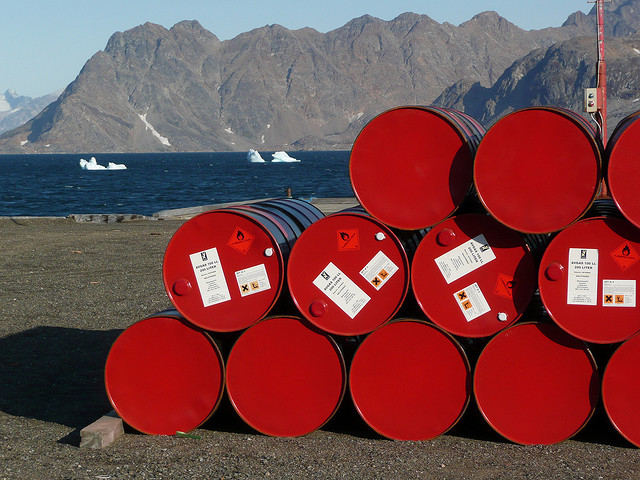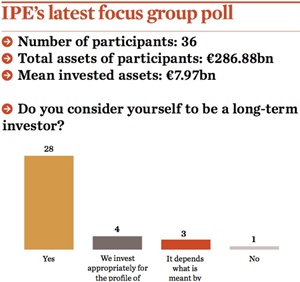The chief executive of the Canada Pension Plan Investment Board (CPPIB) talked with the Financial Post on Thursday about the Board’s investment in Alibaba in 2011.
At the time, Alibaba was an unknown tech company in China. A few years later, the company’s initial public offering was the largest in history.
From the Financial Post:
[Wiseman] said the reason the Canadian pension fund manager was able to make a “very sizeable investment” in what was then “an obscure Internet company” in a city in China few had heard of is because executives had opened an office in Hong Kong back in 2008.
“That investment story which everybody is touting as one of the best investments we’ve ever made, it didn’t happen overnight. That investment started in many respects almost seven year ago,” Mr. Wiseman said.
“It started with a view towards that market, a view that we need to build capabilities in the region, that we need to deepen our understanding of the region, and that we had a long-term view around the Chinese consumer, the importance of the Chinese consumer.”
Mr. Wiseman said the route to the Alibaba investment, which is worth “substantially more” than the fund’s cost base thanks in part to a large investment in the successful IPO last month, illustrates the long-term strategy and the “on the ground” investing style.
“We didn’t get brilliant in four weeks, right? … We had people on the ground in Hangzhou [the city in China where Alibaba is based] before people knew where Hangzhou was,” he said.
“We were there soon after opening our office in Hong Kong, developing those relationships with people who speak the language and who understand the market… To me, this is exactly what we’re trying to do as an organization.”
After the initial investment in 2011, CPPIB increased its stake the following year and then again through the IPO, Mr. Wiseman said.
The CPPIB has a total of $314.5 invested in Alibaba.
Photo by Charles Chan via Flickr CC License



